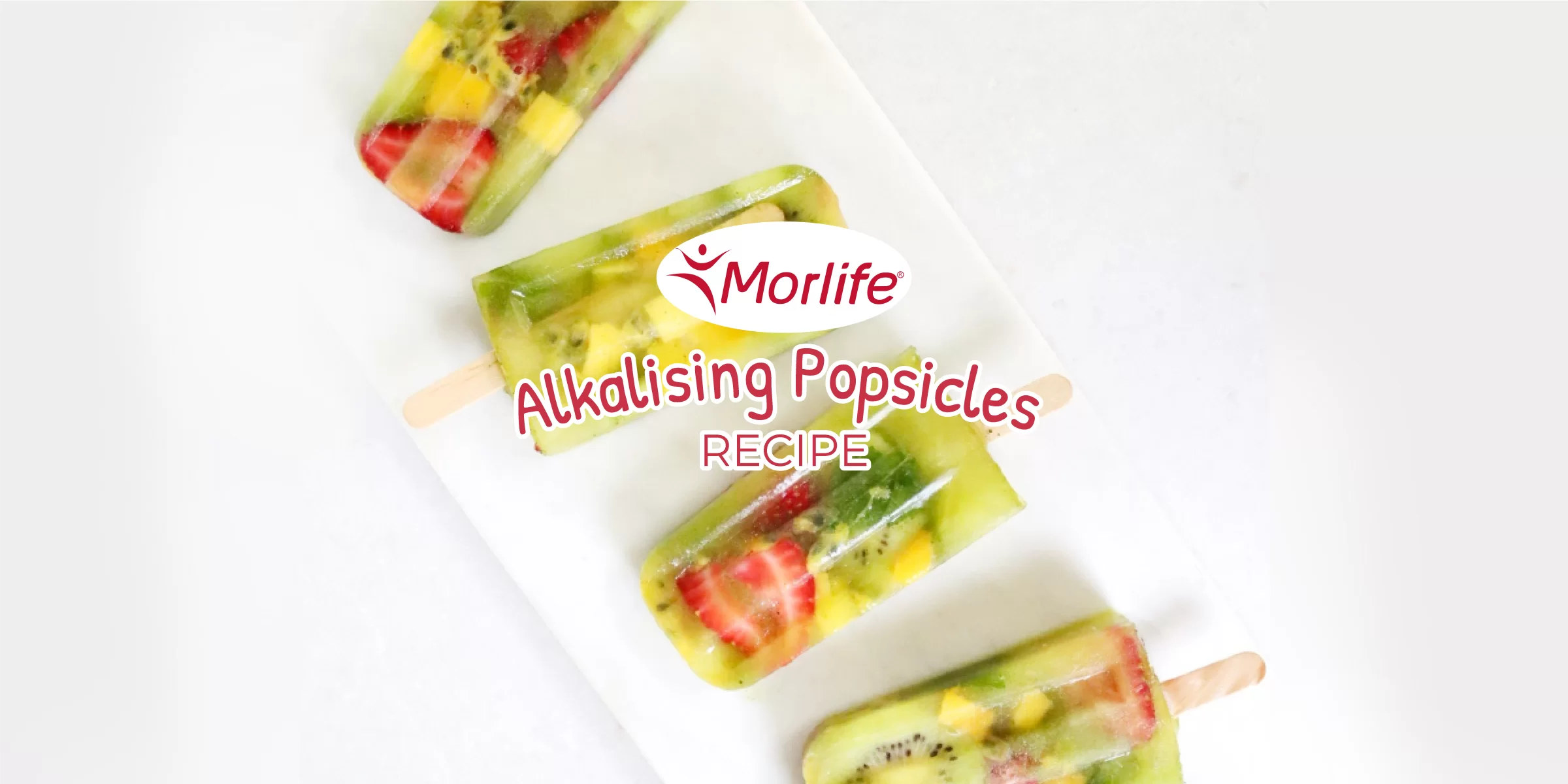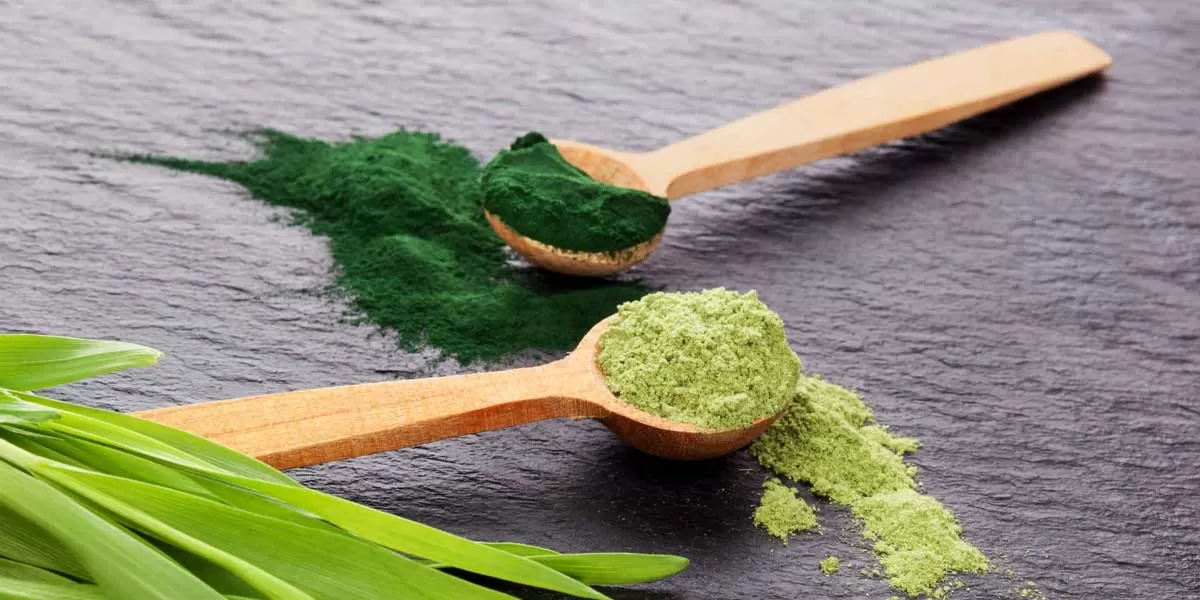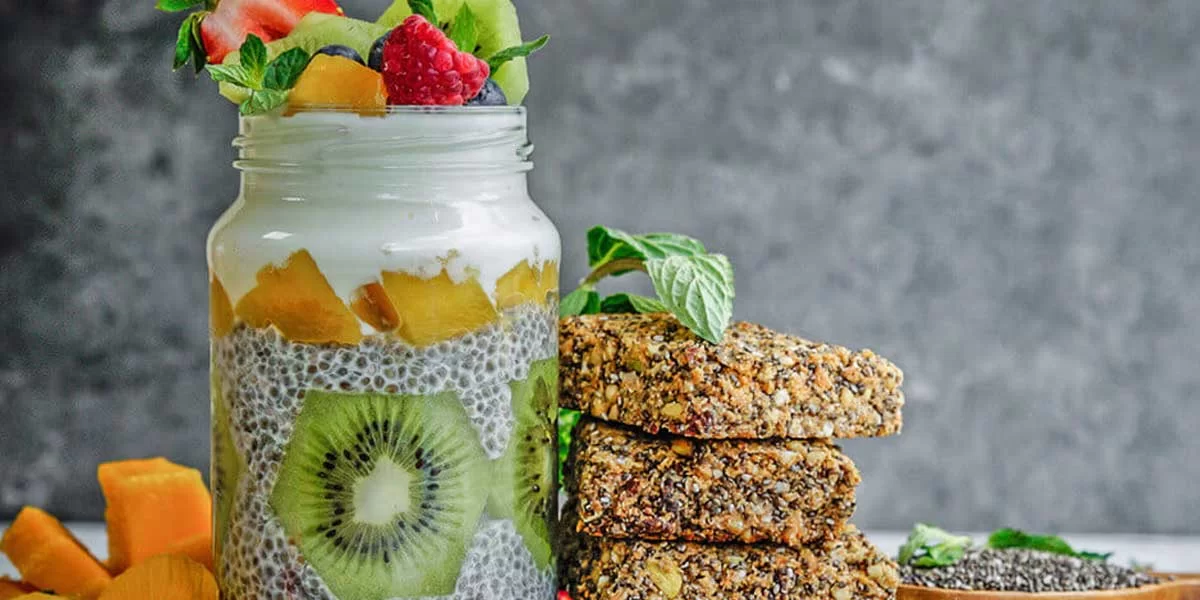




We all know that Spirulina and Chlorella are amazing super greens powders that add tonnes of benefits to our diet, especially when we eat them on the regular. But what is it that makes them so healthy? Even more so, what is the difference between the two, and which one is better? Naturopath Marlie breaks down the key benefits, similarities and differences between two of our most beloved greens powders.
WHAT’S THE DIFFERENCE?
Spirulina (Spirulina platensis) and Chlorella (Chlorella vulgaris) are single-celled algae and well known super-green powders that grow in fresh or saltwater. These tiny green machines are popular for their abundance of protein, vitamins and minerals, chlorophyll (the green pigment in plants) and beta-carotene (vitamin A). Spirulina is a blue – green algae, with a vibrant emerald green colour while Chlorella is a bright forest green.
Before we go on, there’s one thing we have to clarify. There is so much confusion over the different forms of Chlorella- Whole and broken cell so let’s clear this up first. Chlorella has a unique fibrous cell wall which differentiates it from other algae. This strong wall is indigestible for humans, meaning that the nutrients within whole cell Chlorella are not available to the body. However, the cell wall can be cracked using pressure to allow optimal absorption of the nutrients within, without damaging their quality. Whole cell chlorella is lacking in available nutrients, it has a strong reputation for binding to toxins and removing them from the body; however this function has not yet been thoroughly researched. When looking at the nutritional comparisons for chlorella versus spirulina, be mindful this relates to broken cell chlorella.
HOW ARE THEY SIMILAR?
Gram for gram, they are both super low in fats, carbohydrates and sugars but high in bioavailable protein, iodine, iron and provide sources of vitamin B12, chlorophyll and carotenoids. This makes them both amazing as anti inflammatory foods and boosting nutritional intake, particularly on vegan and vegetarian diets.
Here are the benefits of these nutrients:
Both Spirulina and Chlorella are substantial sources of vitamin B12 and have been noted as a suitable source of this important vitamin1.
HOW ARE THEY DIFFERENT?
Chlorella is a source of vitamin B1, Biotin and Vitamin D, which helps support:
Spirulina on the other hand is a source of vitamins B2 and B6 as well as selenium which helps support:
It’s also a rich source of the protein phycocyanin, an accessory form of chlorophyll, which gives spirulina its rich blue undertone and acts as a potent antioxidant and immune enhancer2.
WHICH ONE IS BETTER?
Chlorella products have a reputation for everything from supporting detoxification, weight loss, reducing foul smelling breath, constipation and is a popular choice for heavy metal detoxification; however much of this is currently unsubstantiated with scientific research. Evidence does show however that Chlorella is useful to prevent iron deficiency in pregnant women, as well as reducing blood pressure and total cholesterol.
Spirulina is often recommended for everything from weight loss, fertility, liver support, high blood pressure, skin and hair health, depression, blood sugar problems and arthritis. Again, while some of these may be logical (spirulina is high in selenium which is important for skin and hair health), these benefits are not always supported by scientific research. Spirulina has been established as a way to improve fatigue, immune dysregulation and high cholesterol.
Both Spirulina and Chlorella are great choices for boosting your nutrient levels. Typically, you only need about 3-4 grams of spirulina or chlorella to as a boost but this may vary depending on your specific requirements and nutrient status so it’s best to dose according to your own needs. Both chlorella and spirulina supplements have a distinct taste, making it sometimes helpful to take chlorella and spirulina tablets. For general nutrition support a combination of the two is ideal, because they have many benefits and the more the merrier!
Be the first to know. Don’t miss out on our exclusive deals and launches!
Sed ut perspiciatis unde omnis iste natus error sit voluptatem accusantium doloremque laudantium
Lorem Ipsum DOlor Sit Amet